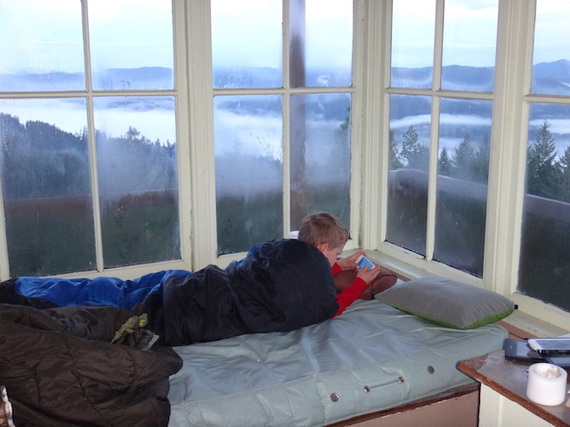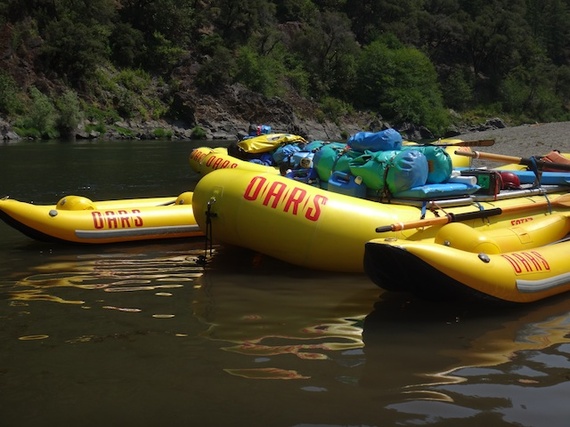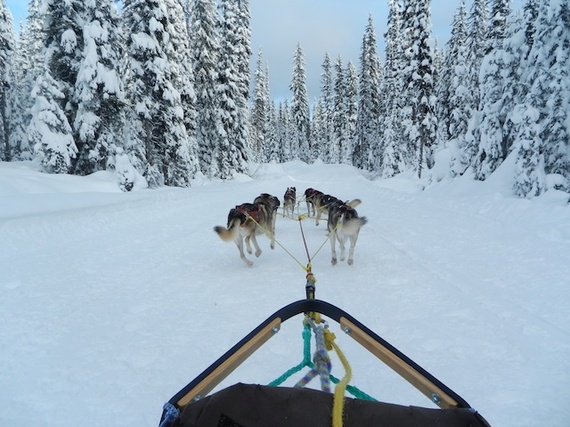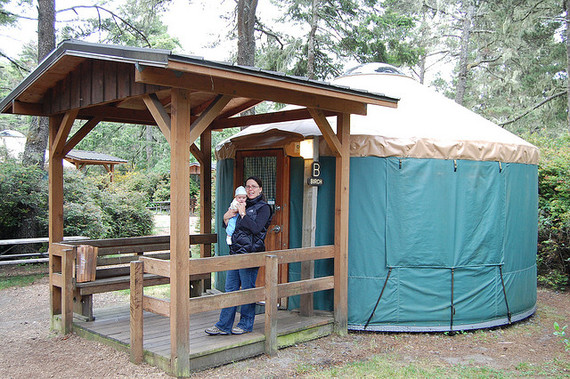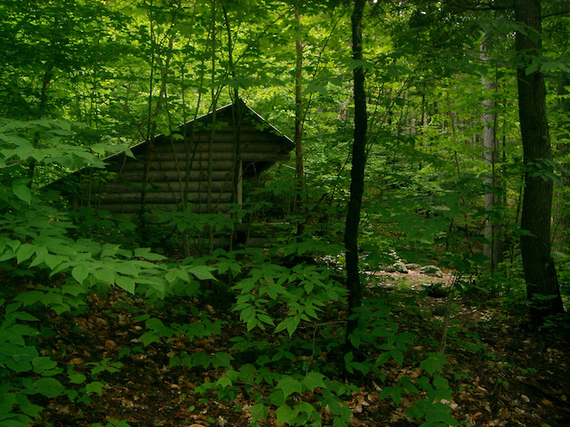It’s almost camping season! If you’ve been reluctant to enter the wilderness with your family because of worries or fears, read on! Our camping tips address the most common camping mishaps, and how to deal!
Those who camp regularly know it’s not all sunshine and rainbows. Here’s what to expect from the unexpected and what to do when you encounter camping mishaps. Read on for camping hacks!

When The Weather Turns Against You
Bad weather is the most common mishap encountered by campers…even when car camping. Usually nothing more than an inconvenience or temporary delay of outdoor fun, weather can sometimes become dangerous. Here’s how to protect yourself from serious weather issues from mother nature.
Rain: It’s good to be prepared for rain when camping. Be sure to bring a reliable rain fly for your tent, rain jackets for everyone in the family and, if rain is predicted, an extra shelter or canvas tarp to put over eating and cooking areas. It can also help to bring an extra beach towel to use as an entry mat to your tent to wipe off dirty feet when campsites get muddy.
Wind: High winds can cause major problems for campers. If you are in a camper or RV, fold down all awnings and external structures in the case of high wind and, in tents, secure your shelter with guy lines and stakes. Beware of “widow makers” when pitching tents or parking RVs: these dead-yet-standing trees can fall over easily in high winds.
Heat: Always plan your tent site with shade in mind and look for campsites with trees, rocks, or vegetation that will provide some relief. Freeze jugs of water before departing home so you can have access to icy water along with homemade ice packs. Wet bandanas or other clothing to cool skin and camp near bodies of water for easy access.
Wildfires/lightning: A regular occurrence most summers in the western United States, wildfires can certainly ruin a camping trip. The good news: families in campgrounds will have advance warning of any needed evacuations. Check your state’s US Forest Service website for possible fires in the area of your campground and have a back-up plan in case of road closures or campground closures. To avoid lightning strikes, ensure your campsite is not the highest point in an open environment, and do not hike to vistas and peaks if lightning is possible. Cars and RVs (except canvas-topped or fiberglass), bathrooms wired with plumbing and electricity, and other wired buildings are safe places in a lightning storm. Tents are not.
Tip: For all weather-related issues, know the campground’s evacuation procedures before your arrival. You can find this information at a ranger station or check-in booth.
When Someone Becomes Injured or Sick
Minor illnesses and injuries are common while camping, and most can be addressed with a simple bandage or extra s’more for dessert. Prevent blisters before they start by wearing well-worn shoes and sandals while camping. If you’re prone to blisters, use moleskin or bandages specifically for blisters before you hike.

Because you’re in the outdoors with less access to sterile environments, cuts and scrapes should be treated immediately to prevent infection. Always carry a standard first aid kit with antibiotic ointment packets and antiseptic wipes in addition to various-sized bandages.
If your campsite does not offer running water, such as a hike-in or backcountry site, beware of Giardiasis. Also known as Beaver Fever, Giardiasis is an intestinal illness caused by microscopic parasites. It’s caused by drinking untreated water and can result in diarrhea and dehydration. Campers at a campsite with running water (in developed countries) will not need to worry, but those camping where water is sourced from lakes or streams (or in undeveloped countries) will need to treat water before drinking. Be sure your camping gear includes a filter or pump system for your water bottle.
Finally, deal with those annoying buzzing creatures in the outdoors with topical anti-itch cream or hydrocortisone for minor bites and stings. Always carry Benadryl (oral) in case of swelling or discomfort, even if you don’t think you’re allergic to any type of insect.
Tip: For all health-related issues, know where the closest hospital is located and have local emergency numbers on hand.
Addressing Common Camping Nuisances
There are always a few things we’d rather not deal with while camping but that are hard to avoid. Here’s what to do about the worst offenders.
Difficult neighbors: When car camping at popular campgrounds, you’ll often have neighbors. Usually these camping buddies are outdoor lovers like you and will be quiet and courteous. But if they turn out to be disruptive neighbors, they can ruin your trip. Here’s what to do when faced with loud, arguing, or partying campers:
- Speak with them directly, in a friendly manner.
- Talk to a campground host. Each campground will have one or more of these citizen enforcers; their campsites will be marked as host campsites. The host should speak with the offending campers.
- Ask to move campsites (if hosts cannot control the situation).
- Call the local authorities if the situation makes you feel unsafe.
- Follow up after your trip with the campground owners or government agency (if it’s a national or state park). They can’t take action that will help to prevent this issue in the future if complaints aren’t lodged.
Mosquitoes: Always a pest, and now a danger in some regions for those susceptible to the Zika virus, mosquitoes need to be controlled (as much as possible) within your campsite. Have a secure shelter to use when necessary (such as a tent or screen room), wear insect-repelling clothing, and use natural repelling remedies around camp. At night, make a campfire and let the wood smoke repel mosquitos for you!
Some mishaps are bound to arise while camping, and they can even make for great stories! Anticipating them and following our camping tips and tricks means you will be prepared and won’t allow them to define your whole trip.
Subscribe to our Pit Stops for Kids seasonal newsletter, and get an exclusive travel ‘cheat sheet’, free! Click here!
Pin for later!

Source: Fix.com Blog

















